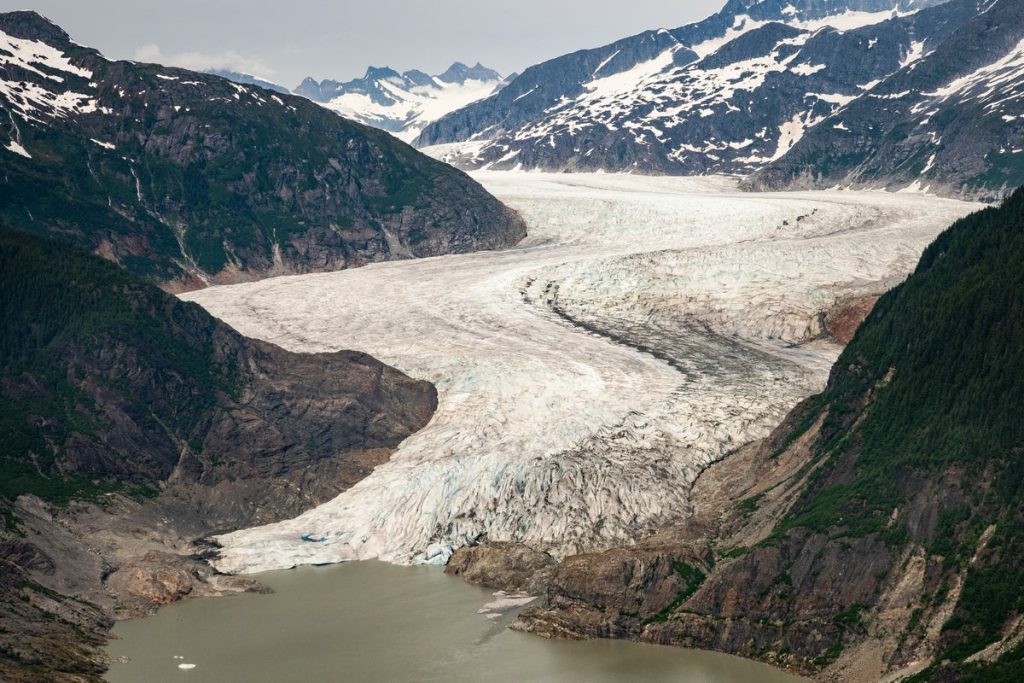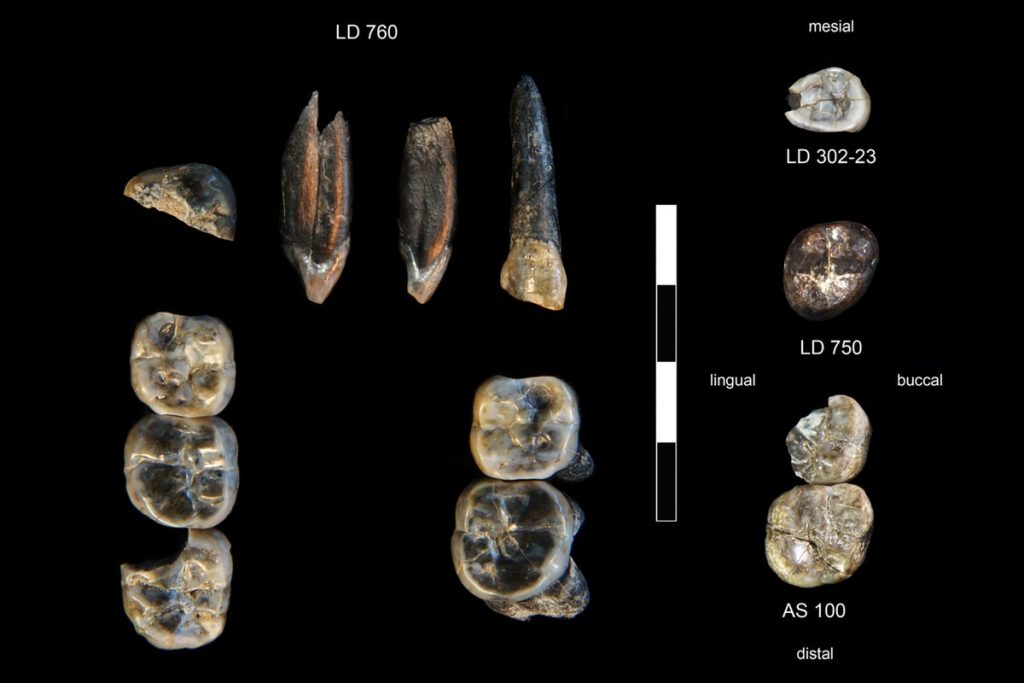Now Reading: Scientists Discover Massive Structures Beneath the North Sea
-
01
Scientists Discover Massive Structures Beneath the North Sea
Scientists Discover Massive Structures Beneath the North Sea

Speedy Summary
- Researchers from The University of Manchester discovered enormous sand structures, termed “sinkites,” beneath the North Sea using high-resolution 3D seismic imaging and rock samples.
- These sand formations are several kilometers wide and have sunk downward,displacing older,lighter sediments into a reversed geological order (stratigraphic inversion).
- This is the largest known example of stratigraphic inversion, which challenges existing geological principles.
- The revelation also revealed lighter features dubbed “floatites,” composed of microscopic marine fossils that were uplifted during this process.
- Sinkites are believed to have formed millions of years ago due to earthquakes or shifts in underground pressure liquefying sand and causing it to sink through seabed fractures.
- potential implications include improved prediction for oil/gas trapping areas and safer carbon dioxide storage locations underground.
- Prof Mads Huuse stated this finding could change how subsurface reservoirs, sealing intervals, and fluid migration are assessed in geological studies.
- Future research will evaluate the broader applicability of these findings amidst ongoing skepticism within scientific circles.
Indian Opinion Analysis
The discovery by University of Manchester researchers substantially advances understanding of EarthS subsurface dynamics. India’s growing commitment to decarbonization-evident in initiatives around carbon capture-could benefit from such insights as safe carbon dioxide storage becomes critical for meeting climate goals.furthermore, better predicting oil and gas reservoir sites aligns with India’s energy security strategy while ensuring minimal environmental damage.
Given India’s vulnerable geology with considerable seismic activity across some regions, lessons drawn from sinkite formation processes might refine local geoscience applications like disaster preparedness or optimizing resource extraction techniques.However, as the research community debates its validity pending further evidence, India should cautiously approach adapting these principles until comprehensive global validation supports them.


























